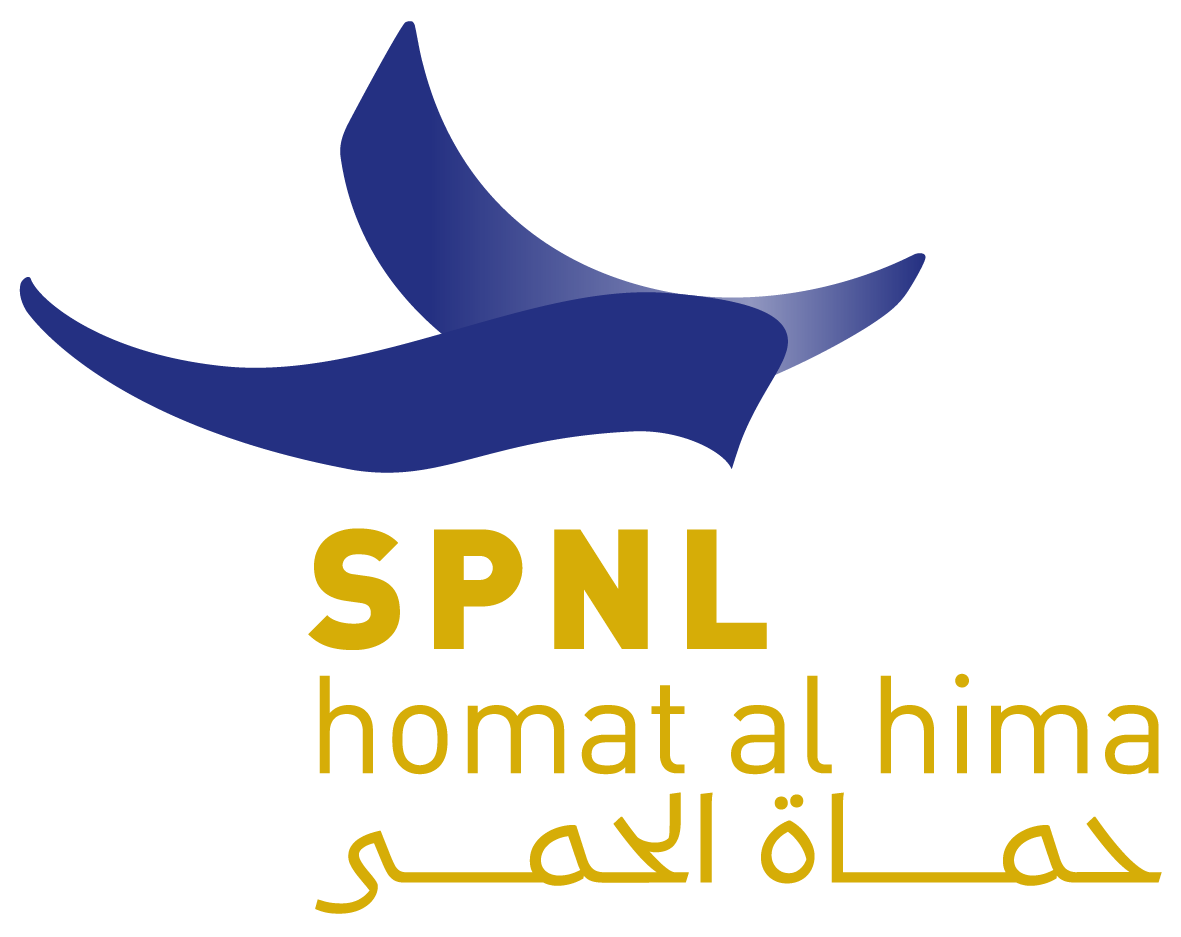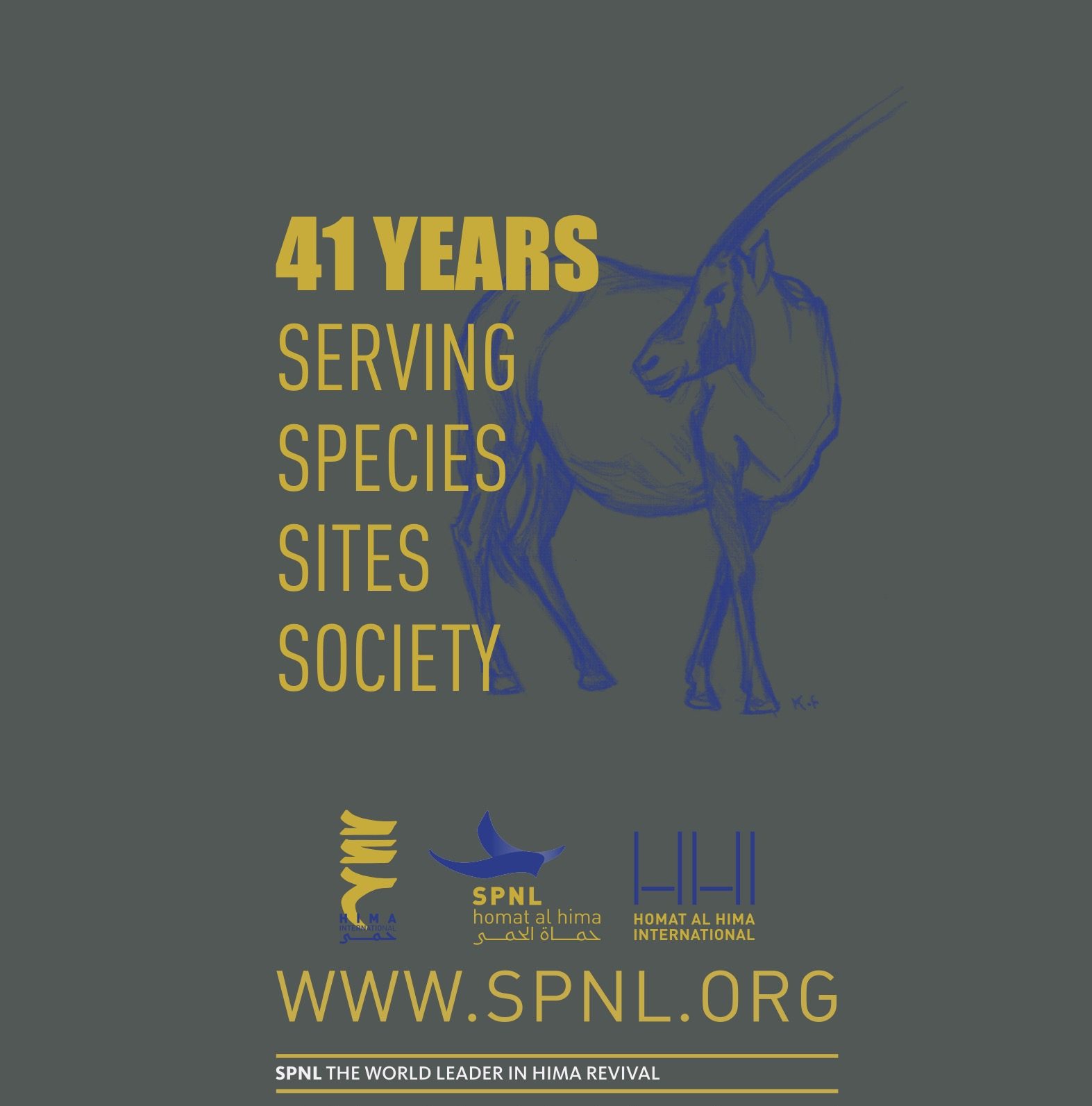BY ADEL SERHAL
Energy security is often brought up in news, reports and studies as one of, if flot the most important risks that most countries are actively seeking to mitigate by ail means. While the
measures to achieve this might vary, the objective is mainly one: to ensure the availability of supply to consumer, whenever, wherever and however needed across a given country’s
territory.
In regards to the energy security issue, I am going to further the discussion and elaborate on the relevance of this matter when it cornes to Lebanon. Lebanon is a relatively small country in the Middle East. Spread out over an area of 10,452 km2 it is one of the region’s smallest nations.
The scare conventional energy sources in Lebanon caused the imports of energy to reach 97% of the country’s total energy needs, causing a very heavy burden to be carried by its economy.
Lebanon’s peak demand requires an installed electric capacity of 3,500 MW to satisfy its population which is a bit shy of 5 millions. However, due to the inefficient power generation
plants and poor transmission and distribution systems, ail of which are still publicly owned, the electrification of the country suffers from constant planned blackouts and low quality of supply.
This challenged status of the power sector limits heavily the development of such a country with high potential of improvement.
Several initiatives were taken in a step forward to liberate the market, in an attempt to allow access to private investments in the energy sector. Such steps ranged from small changes of
laws to allow a certain capacity addition — namely from renewables — incentivized by a reduction in the electricity biil. But this would only present itself as a tool to shift from the current
situation to an optimal free market, when competition 15 the ultimate player that sets the price of electricity at the consumer level.
Lebanon’s electricity 2100 MW generation capacity cornes from different sources. Some 1900 MW consist of thermal power plants with the remaining share allocated to old hydroelectric
installations. That being said, it is important to showcase the variability of the output of the plants in question, due to several shortcomings. Those include failure, requirements of
restoration, as well as fuel availability (seeing that the country is dependent on neighboring, currently unstable suppliers Syria, Egypt etc…). Moving on to the renewable share of its
electricity supply, Lebanon’s capacity to generate power from hydroelectric sources depends heavily on rainfall, a factor that is becoming increasingly scarce with time, as a result of global
climatic change.
This overview of the country and its strategy to fulfill its domestic energy demand clearly appears to lack sustainability, without having to dig further. A transition to a more efficient
model of electricity supply from the upstream generation segment to the very lowest of the chain with distribution and retail has to take place. In this regards, the Energy and Finance
certificate has helped me as a sustainable development student understand the various challenges, from limitations to opportunities of various energy sources and they can be applied
to different environments. Furthermore, the certificate has allowed me to get a feel of the types of regulatory frameworks that can be implemented to adapt the country’s policies to both its
needs and its ability to meet those energy needs by exploiting its potential. The relevance of the certificate to my background has left me wanting to learn further about issues related to the
energy sector and ways to implement best practices back in my home country.
Source: http://campus.hec.fr/energie-finance-eng/wp-content/uploads/2015/05/ADEL-SERHAL.pdf






